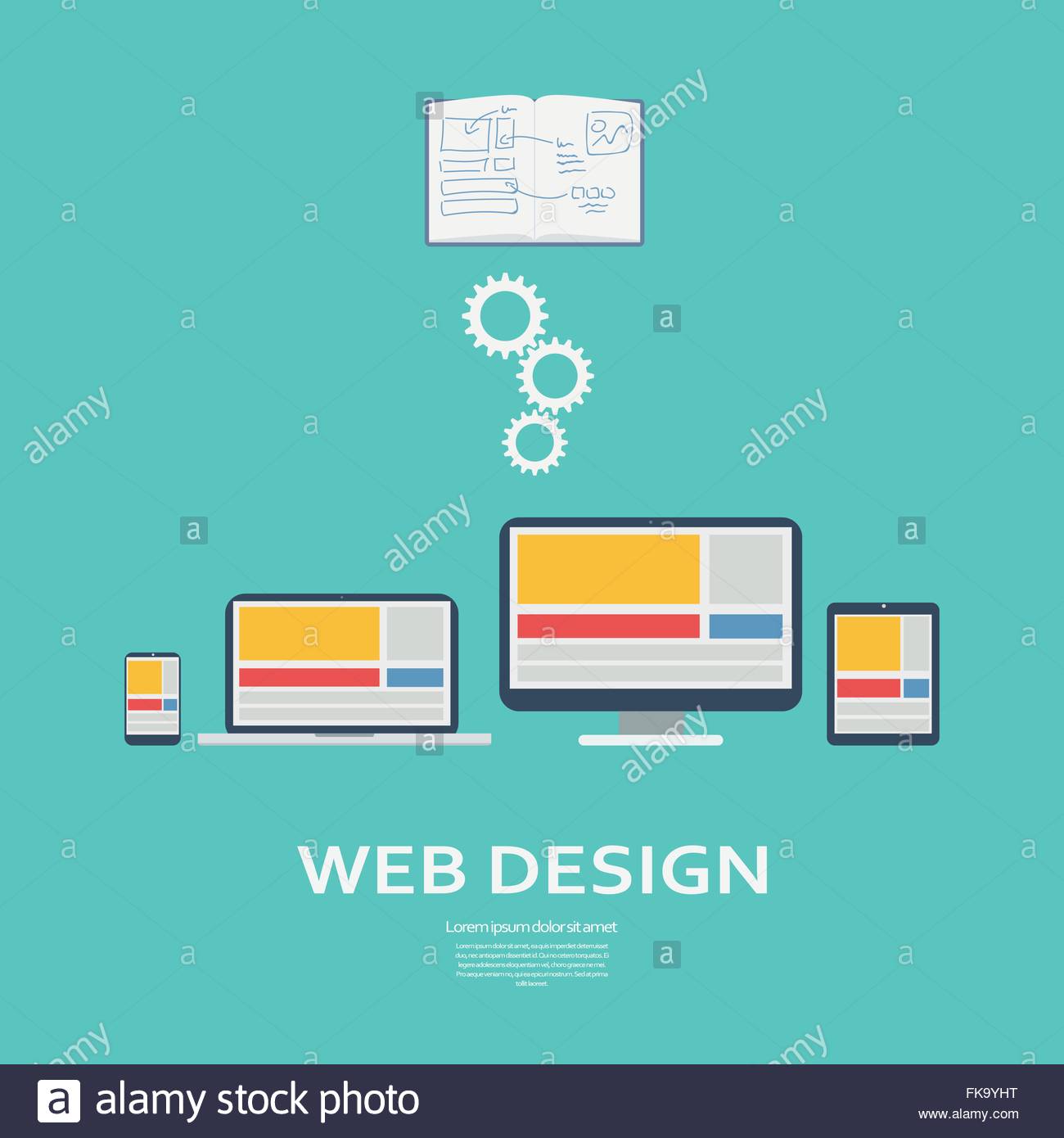Keen To Discover How Website Design Has Transformed Over Time? Study The Evolution From Simplicity To User-Focused Experiences
Keen To Discover How Website Design Has Transformed Over Time? Study The Evolution From Simplicity To User-Focused Experiences
Blog Article
Authored By-Thorsen Dalby
In the past, websites were basic and focused on details. Navigation was straight, and layout was for desktops. Now, individual experience is vital. Data guides styles for easy navigating. Receptive layouts fit different tools. Today, dark mode lowers pressure, and minimalist menus enhance navigating. Interactive features engage customers, and vibrant visuals stick out. AI combination increases interaction. See just how style has actually progressed to enhance your on-line journey.
Very Early Days of Website Design
In the very early days of web design, simpleness reigned supreme. Internet sites were standard, with limited colors, font styles, and layouts. The emphasis got on providing info instead of showy visuals. Individuals accessed the net with slow dial-up connections, so speed and capability were crucial.
Navigating food selections were straightforward, usually located at the top or side of the web page. Internet sites were made for desktop computers, as mobile surfing wasn't yet prevalent. Content was king, and designers prioritized simple readability over intricate design aspects.
HTML was the primary coding language made use of, and designers needed to function within its restraints. Animations and interactive features were marginal contrasted to today's requirements. https://smallbiztrends.com/2022/03/email-content-marketing-tips-connecting-to-customers.html were fixed, with little dynamic web content or customized customer experiences.
Rise of User-Focused Design
With the advancement of website style, a change in the direction of user-focused design principles has ended up being significantly prominent. Today, producing web sites that prioritize user experience is important for involving site visitors and attaining company goals. User-focused design entails understanding the requirements, choices, and actions of your target audience to customize the web site's layout, material, and features accordingly.
Designers now conduct complete study, such as customer surveys and use screening, to collect insights and responses directly from customers. This data-driven method helps in creating user-friendly navigating, clear calls-to-action, and visually enticing user interfaces that resonate with site visitors. By placing the individual at the center of the style process, internet sites can provide an extra personalized and enjoyable experience.
Receptive layout has actually likewise emerged as a key aspect of user-focused design, guaranteeing that websites are enhanced for various tools and screen dimensions. This versatility boosts accessibility and usability, accommodating the varied means users engage with sites today. Fundamentally, the surge of user-focused style represents a change in the direction of developing electronic experiences that focus on the demands and expectations of the end user.
Modern Trends in Website Design
Check out the most recent patterns shaping web design today. One famous fad is dark mode design, providing a streamlined and modern look while decreasing eye pressure in low-light atmospheres. Another vital fad is minimal navigating, streamlining menus and boosting individual experience by concentrating on essential elements. Including micro-interactions, such as animated switches or scrolling impacts, can produce a more engaging and interactive web site. Receptive design continues to be vital, guaranteeing seamless individual experiences across different devices. Furthermore, using vibrant typography and unbalanced formats can include aesthetic rate of interest and accentuate details web content.
Incorporating AI technology, like chatbots for client assistance or personalized recommendations, improves individual engagement and simplifies procedures. Accessibility has likewise end up being a considerable pattern, with developers prioritizing comprehensive style practices to accommodate varied individual demands. Accepting sustainability by enhancing site performance for rate and performance is an additional emerging fad in website design. Teaming up with user comments and information analytics to repeat and improve layout continuously is necessary for remaining pertinent in the ever-evolving digital landscape. By welcoming these modern-day trends, you can produce a visually enticing, straightforward web site that reverberates with your target market.
Conclusion
As you assess the development of internet site design from the early days to currently, you can see how user-focused style has actually ended up being the driving pressure behind contemporary trends.
Embrace the journey of change and adjustment in website design, constantly keeping the customer experience at the forefront.
Remain current with the current fads and modern technologies, and never quit developing your method to produce visually stunning and easy to use sites.
Evolve, adapt, and create - the future of web design is in your hands.
